K6 Telephone Box
- Product Name
- K6 Telephone Box - "The Jubilee Box"
- Designer
- Sir Giles Gilbert Scott
- Country
- UK
- Year Made
- 1935-6
- Materials
- -Cast iron frame
-Teak door
-Glass panes
-Concrete base
The K6 (short for Kiosk No. 6) was designed in 1935 by British designer and architect Sir Giles Gilbert Scott. Although it is the most famous phone box design to date, this was actually the sixth version of the phone box to hit our streets (hence its name!). The phone box was introduced by the Post Office to increase communication around the country, and they were not just used in the UK, but in Bermuda, Malta and Gibraltar as well!
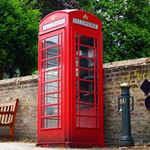


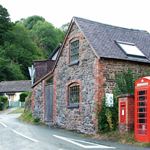
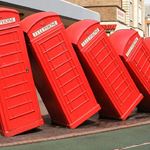
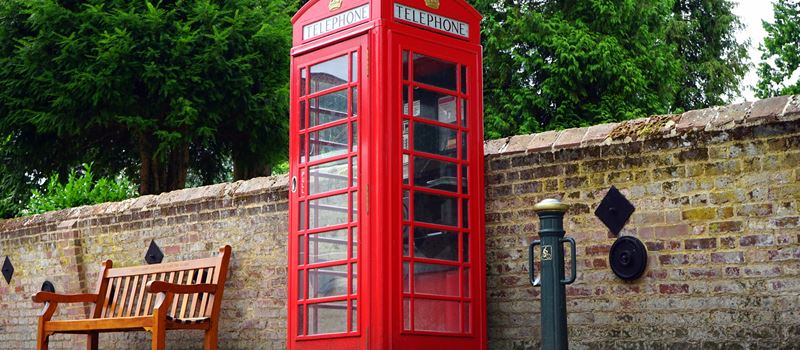
Currant Red
It could be argued that it is their red colour that make these telephone boxes so iconic. They were originally painted red so that they were easy to spot, but a lot of people complained about them when they first arrived on our streets, saying that they stood out like a sore thumb!
Window Panels
Each windowed side of the phone box has 24 windows, which are arranged with two thinner strips of windows down the sides with a thicker panel down the centre. Having the windows divided up like this means that it is easier to see through the glass, and it also makes the phone box look taller and slimmer!
Moulded Crown
In previous telephone box models, the crown was made by creating small holes in the box, so that it doubled up as a vent. On the K6 model, the crown was moulded from metal, and a ventilation hole was placed at the top of the door instead.
Illuminated Sign
Each telephone box has an Illuminated sign of glass across the top that says "telephone". This makes it easier to see at night when you can't see the red colour very well!
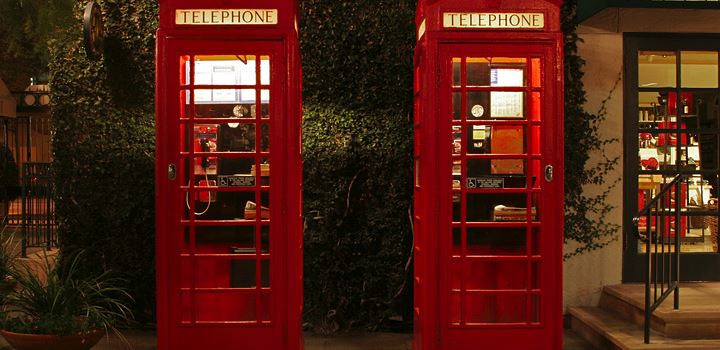
Cast Iron
The body of the telephone boxes are cast from iron, and then painted red. The iron is tough and durable, ensuring that the phone boxes don't fall into disrepair easily.
Image by Aaron Logan - http://www.lightmatter.net/gallery/Misc2004/booths, CC BY 2.5, https://commons.wikimedia.org/w/index.php?curid=13602
Teak
The doors of the K6 telephone boxes were made from teak, which is a kind of wood that is highly durable and weatherproof. This is especially necessary as the phone boxes have to endure the rainy English weather!
Concrete
The phone box sits on a concrete base. This serves as a sturdy foundation for the telephone box.
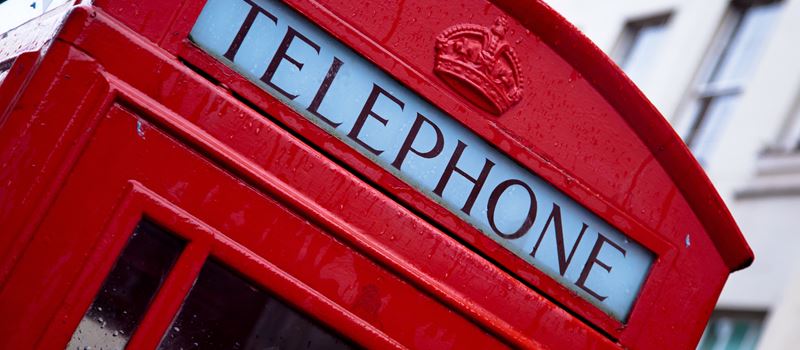
Alterations
The way the K6 was made had to be altered in the 1930s as there was a steep rise in glass theft!
With the earlier models a screwdriver could easily remove the panes of glass - and at the time glass was a precious commodity! The way the telephone boxes were made changed in 1939, and the changes including a more secure cast iron back panel which kept the coin boxes safe and brass dowels replaced screws to keep the glazing frames in place.
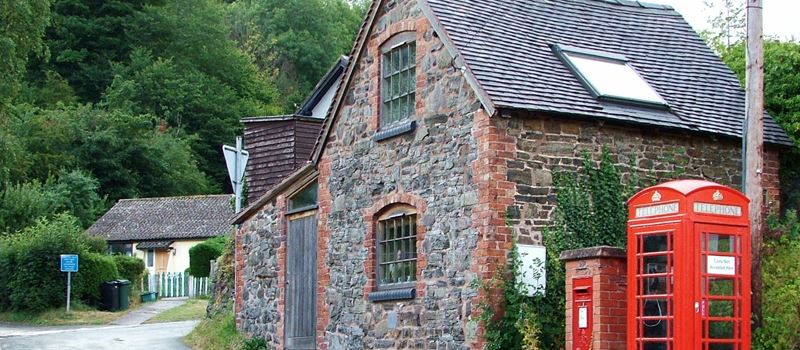
Learning from past mistakes
The K2 telephone box was too large and too expensive to manufacture, and the K3 was too brittle and didn't last well. When designing the K6 telephone box, mistakes made with previous versions couldn't be repeated!
Jubilee Commemoration
The K6 was commissioned in order to celebrate the Silver Jubilee of King George V, so it needed to look especially good!
Increased Communications
Telephone boxes were once incredibly important. People relied on them to be able to contact people whilst they were out and about, so they needed to be available for people to use. The phone box increased our ability to constantly communicate with each other before the introduction of mobile phones.
A Classic
After the K6, the K7 phone box was released. It was designed by Hugh Neville Conder in 1959, but the K6 was the last traditional looking phone box. The newer ones were more much generic, and had a much less classic feel. The public must have thought so as well because the K6 phone box has since been voted one of our favourite pieces of British design!

Adoption
Some phone boxes have been put up for adoption! Schemes across the UK mean that unused phone boxes can be adopted by their local council and turned into something else. Adopted phone boxes have become libraries, art galleries and mobile phone charging stations. A few telephone boxes even contain defibrillators, which are machines that could save your life if you're suffering from a heart attack!
A Holiday Abroad
It's not just the English that love the red telephone box! Because they're so iconic, they can be seen on the streets of countries across the world.
Sculptures
In 2012, BT celebrated the 25th anniversary of the charity ChildLine with a project called BT Artbox. Over 100 artists and designers were given a K6 telephone box to re-design, and these were placed in public locations across London that summer.
Out of Order by David Mach (in the picture above) is a series of 12 K6 telephone boxes gradually falling on top of each other like dominoes, This sculpture is a permanent feature in Kingston-Upon-Thames, Surrey.
Walter Koscielniak [CC BY-SA 2.0 (http://creativecommons.org/licenses/by-sa/2.0)], via Wikimedia Commons
Explore other pages
EXPLORE A STORY
Meet the designer - Charlee Sulley, graphic designer
How does a graphic designer like Charlee approach a design task and what is a typical day for a graphic designer?
DISCOVER ALL DESIGN OBJECTS
All Design Objects
Design influences our lives and can be found in every aspect of our day. Discover more inspiring and unique design objects.